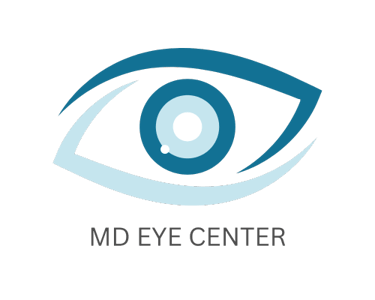
DRY EYE
Dry Eye Syndrome (DES), also known as dry eye disease, is a common condition that affects millions of people worldwide, causing discomfort, irritation, and in some cases, impaired vision. It occurs when your eyes do not produce enough tears or when the tears evaporate too quickly, leading to dryness, redness, and inflammation. At MD Eye Center, we specialize in diagnosing and treating dry eye syndrome to help restore comfort and improve your eye health. In this blog post, we will discuss the causes, symptoms, and treatment options for dry eye syndrome to help you better understand this condition and find relief.
What is Dry Eye Syndrome?
Dry Eye Syndrome occurs when the tear film on the surface of the eye is disrupted, resulting in inadequate lubrication and moisture. This can lead to a range of symptoms, from mild irritation to more severe discomfort that affects daily activities like reading, working on a computer, or driving.
There are two main types of dry eye syndrome:
Aqueous Deficient: This type occurs when the lacrimal glands do not produce enough of the watery component of tears.
Evaporative: This type is caused by the rapid evaporation of tears, often due to issues with the meibomian glands (which produce the oily layer of tears).
What Causes Dry Eye Syndrome?
Dry eye syndrome can result from a variety of factors, including:
Aging: As you age, tear production tends to decrease, making dry eyes more common, especially after the age of 50.
Environmental Factors: Exposure to environmental elements such as dry air, smoke, wind, or air conditioning can cause tears to evaporate more quickly, leading to dryness.
Medications: Certain medications, including antihistamines, antidepressants, and decongestants, can reduce tear production and contribute to dry eyes.
Health Conditions: Certain underlying health conditions such as autoimmune diseases (e.g., Sjogren’s syndrome), diabetes, thyroid disorders, and rheumatoid arthritis can increase the risk of dry eye syndrome.
Hormonal Changes: Hormonal changes, particularly in women during pregnancy, menopause, or while taking birth control, can affect tear production.
Prolonged Screen Time: Staring at digital screens for extended periods can decrease your blink rate, leading to reduced tear production and increased evaporation.
Contact Lenses: Wearing contact lenses for long hours or improperly fitting lenses can cause irritation and contribute to dry eye symptoms.
Common Symptoms of Dry Eye Syndrome
The symptoms of dry eye syndrome can vary in severity and may include:
Burning or Stinging: A persistent burning or stinging feeling in the eyes is one of the most common symptoms.
Redness: Dryness and irritation can lead to redness and bloodshot eyes.
Gritty Feeling: Many people with dry eyes describe a sensation similar to having sand or grit in their eyes.
Blurry Vision: Fluctuating or blurry vision is common, especially when focusing for long periods of time.
Excessive Tearing: Paradoxically, dry eyes can sometimes cause excessive tearing as the body compensates for the dryness.
Sensitivity to Light: People with dry eye syndrome may be more sensitive to bright lights or glare.
Difficulty Wearing Contact Lenses: If you wear contact lenses, you may find it uncomfortable or difficult to wear them for extended periods.
Diagnosing Dry Eye Syndrome
To properly diagnose dry eye syndrome, your eye doctor will perform a thorough eye exam, which may include:
Patient History: Discussing your symptoms, lifestyle, and any underlying health conditions.
Tear Breakup Time (TBUT) Test: Measures how long it takes for tears to break up on the surface of the eye.
Schirmer’s Test: Measures the amount of tear production.
Meibomian Gland Evaluation: Examining the glands responsible for producing the oily layer of your tears to identify any blockages.
Ocular Surface Staining: Special dyes are used to assess the surface of your eye for damage caused by dryness.
Treatment Options for Dry Eye Syndrome
If you're experiencing dry eyes, there are several treatment options available, ranging from lifestyle changes to medical interventions. The right treatment depends on the severity of your condition and the underlying causes.
Artificial Tears: Over-the-counter artificial tear drops can help lubricate your eyes and provide temporary relief from dryness.
Prescription Eye Drops: For more severe cases, your ophthalmologist may prescribe medications such as Restasis or Xiidra to help increase tear production and reduce inflammation.
Punctal Plugs: Small devices inserted into the tear ducts to block tear drainage and retain moisture on the eye surface.
Warm Compresses: Applying a warm compress to your eyes can help loosen blockages in the meibomian glands, improving tear production.
Eyelid Hygiene: Regular cleaning of your eyelids and eyelashes can help reduce inflammation and improve the quality of your tears, especially for evaporative dry eye caused by meibomian gland dysfunction.
Omega-3 Fatty Acids: Adding omega-3 fatty acids to your diet, found in foods like fish, flaxseeds, or supplements, may help improve tear production and reduce inflammation.
Surgical Options: In extreme cases, surgical intervention may be required, such as laser treatment to improve tear production or amniotic membranes for long-term relief.
Lifestyle Tips to Manage Dry Eyes
In addition to medical treatments, there are several lifestyle changes you can make to help manage dry eye symptoms:
Take Frequent Breaks: If you work on a computer or look at screens for long periods, follow the 20-20-20 rule: take a 20-second break every 20 minutes and look at something 20 feet away to reduce eye strain.
Increase Humidity: Use a humidifier in your home or office to prevent the air from becoming too dry, which can worsen symptoms.
Wear Sunglasses: Protect your eyes from wind and environmental irritants by wearing sunglasses when outdoors.
Stay Hydrated: Drink plenty of water throughout the day to keep your body and eyes hydrated.
Avoid Smoking: Smoking can irritate your eyes and worsen dry eye symptoms, so it’s important to quit or avoid exposure to smoke.
When to See an Eye Care Provider
If you’re experiencing persistent dry eye symptoms that don’t improve with over-the-counter treatments or lifestyle changes, it’s important to consult with one of our highly trained experts. We will perform a comprehensive eye exam to diagnose dry eye syndrome and develop a personalized treatment plan to help alleviate your discomfort and improve your quality of life.
At MD Eye Center, we are committed to helping you manage dry eye syndrome and improve your eye health. Our expert team will work closely with you to determine the best treatment options based on your specific needs.
Conclusion
Dry eye syndrome can be a frustrating and uncomfortable condition, but with the right treatment and lifestyle adjustments, you can manage the symptoms and restore comfort to your eyes. Whether you need artificial tears, prescription medications, or advanced treatments, MD Eye Center is here to help. If you're experiencing dry eye symptoms, schedule an appointment today and take the first step toward clearer, more comfortable vision.
Understanding Dry Eye Syndrome:
Causes, Symptoms, and Treatment Options














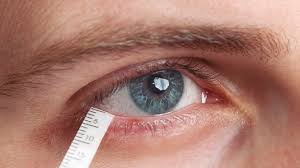

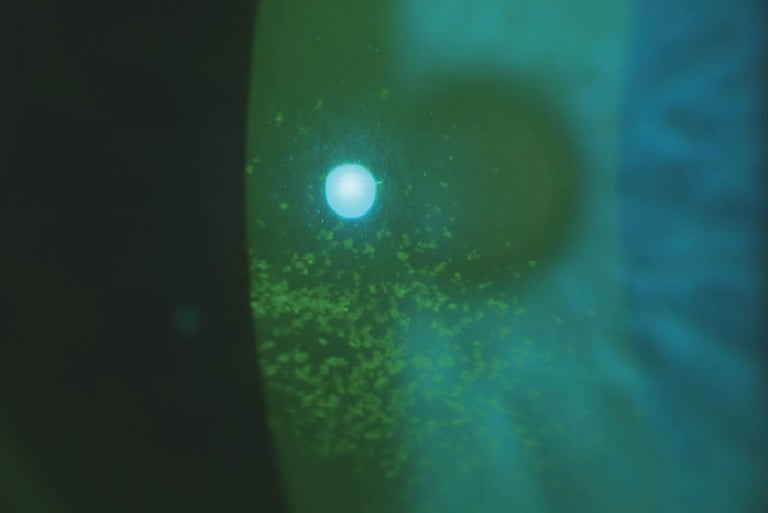

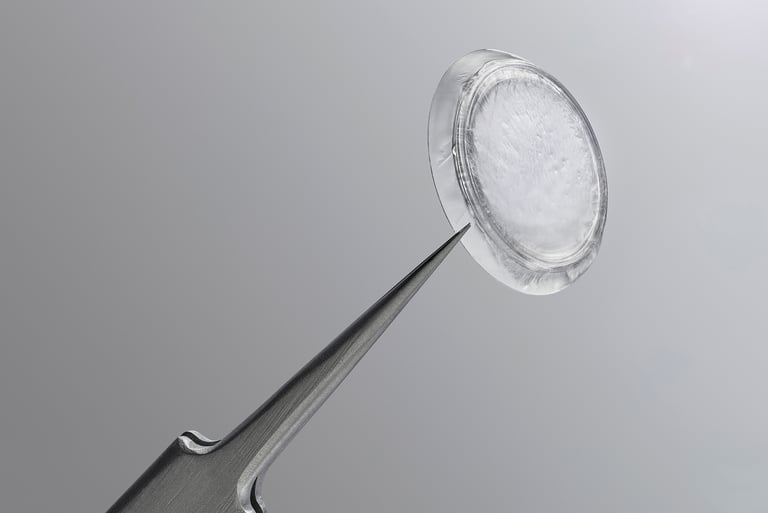

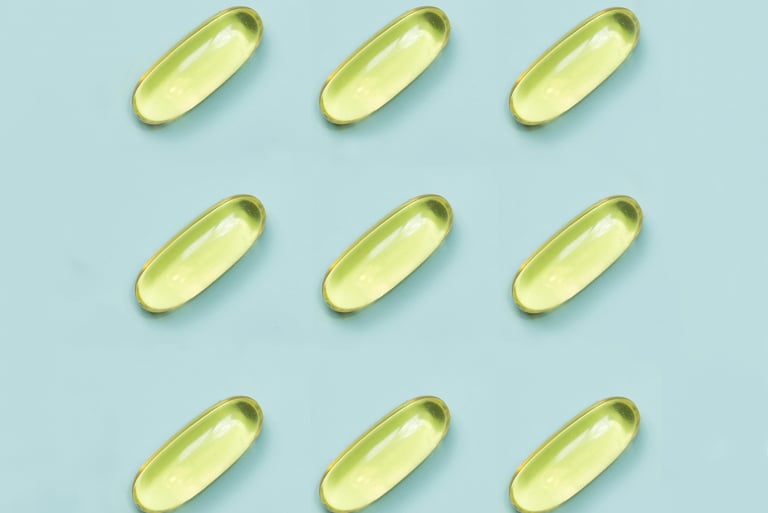



© 2025. All rights reserved.
